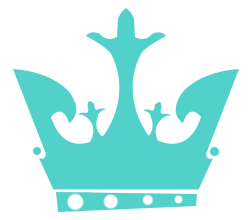#7 INSANELY Good Perspective Drawing Books To Read in 2024
Disclosure: This article may contain affiliate links. That means if you buy something we get a small commission at no extra cost to you.

Most newbie artists absolutely detest learning perspective.
It’s the art equivalent of math. Some LOVE it and most hate it with their life.
Many beginner artists make the dumb mistake of avoiding perspective entirely and only paying attention to more popular subjects like digital painting and color theory (I love this one too!).
But DON’T.
Perspective is literally a fundamental of art and like it or not, if you plan to make it as a professional artist then it’s non-negotiable.
You NEED to learn it.
However, I won’t take away the fact that perspective can be super difficult as well as intimidating in the beginning.
So, to make it MUCH easier, we can learn all the basics of perspective using some amazing perspective drawing books.
They will teach you exactly what you need to know to get started with some awesome backgrounds as well as drawing characters in epic scenes (with the use of foreshortening).
Let’s not wait any longer and get started with the BEST perspective books right away!
#7 INSANELY Good Perspective Drawing Books To Read in 2024
Perspective Drawing Books For Beginners
We’ll start off with the very basics.
These perspective books are meant for extreme beginners. If you don’t have a single clue about what perspective is about, then these books are just for you.
You’ll learn ALL the basics from a one-point perspective to ellipses.
If you hate perspective, then you need to at least read one of these books just to understand the very fundamentals.
Also, the concepts in these books are intended just for newbies so don’t worry about encountering technical jargon as it’s explained in detail.
1. Perspective Made Easy
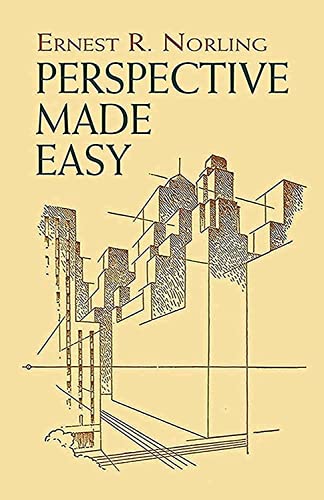
Total beginners NEED to read this book first.
It is the perfect starting point for every artist for good reason. It simplifies everything down to the basics and helps you understand the rules pretty quickly.
The author teaches everything in a very straightforward manner and employs the use of situations you commonly see to depict perspective.
I feel every new artist should ideally start with this book before any other on this list because of its no-nonsense and simple approach.
I also love the summaries he provides at the end of every chapter. They contain the main teachings you need to remember.
While the three-point perspective is not taught in this book, he gives you a ton of info on one-point as well as two-point perspective, which is a solid starting point.
As a bonus, he also gives you a set of problems to solve. Working through the problems will help you gain a lot more familiarity with perspective and you’ll improve quickly.
Overall, this is the perfect book to start off with. It will get you through all the perspective difficulties you would face at the beginning of your art journey.
2. The Art Of Perspective
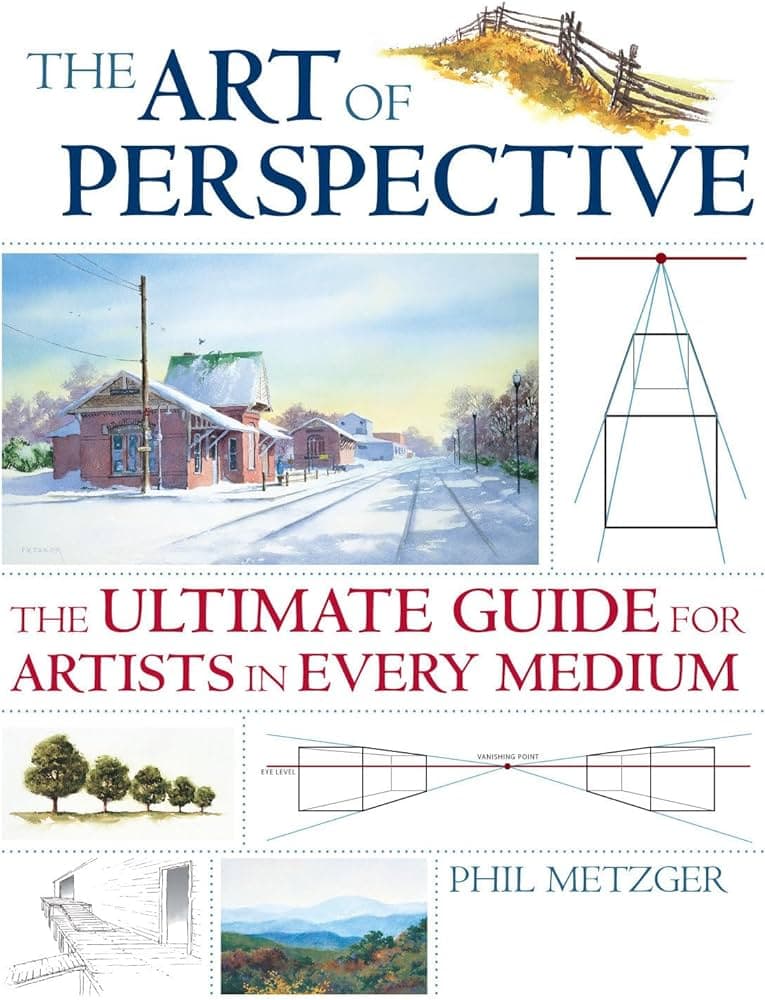
This book by Phil Metzger is a great book for aspiring painters and illustrators.
It focuses more on real-life applications and takes you through various examples of perspective observed in day-to-day scenarios.
Not only does he teach the basics of technical perspective, but he also explains other concepts such as atmospheric perspective, and indicating depth in great detail.
I found this particularly helpful as most perspective books only give you the technical info, but this book tries to explain elements of composition as well.
Useful topics such as sizing, overlapping, as well as relative sizes are also present in this book.
This book would be great for those who would like a simpler intro to perspective or simply those who are interested in how the rules of perspective would apply while painting or using traditional mediums.
Overall, it’s a great all-round book and is perfect for traditional artists.
3. Perspective Drawing Handbook

Perspective Drawing Handbook by Joseph D’Amelio is the shortest book on this list with only 96 pages.
But don’t let that fool you. Each page is packed to the brim with enough information to get you to really think about perspective.
This handbook is complete with illustrations on literally every page to help you understand the rules much better. And I don’t know about you, but personally, I do love illustrations to help me understand a subject.
Joseph D’Amelio spends plenty of time showing the reader just how perspective can change rapidly depending on your position in space. He also explains distortion quite well in the latter half of his book.
He shows exactly how to place humans in an environment as well as changing their height depending on their position in space.
Despite its short length, this book is definitely not a short read. You need to spend quite a deal of time on each page to truly grasp the principles explained.
This is not a book that can be read in one sitting so I advise you to come back for reference whenever you feel the need.
Overall, a great brief guide to learning perspective, but if you want more detail, you can refer to the other books on this list.
Perspective Books For Advanced Beginners
Now that we’ve covered all the beginner-level books, let’s take it up a notch with more advanced perspective drawing books.
While the beginner books only taught the very basics, these books are going to give you MUCH more advanced information.
But, that doesn’t mean that they don’t cover the basics.
No, these books cover the fundamentals, as well as go in-depth on several topics. These topics might get too technical and heavy for newbies. Which would end up confusing them a LOT.
So, I highly recommend you to read these books AFTER you have a basic understanding of perspective.
Don’t immediately jump into these books as you’ll probably get lost by the third chapter.
Now, without further ado, let’s jump right in.
1. Framed Perspective
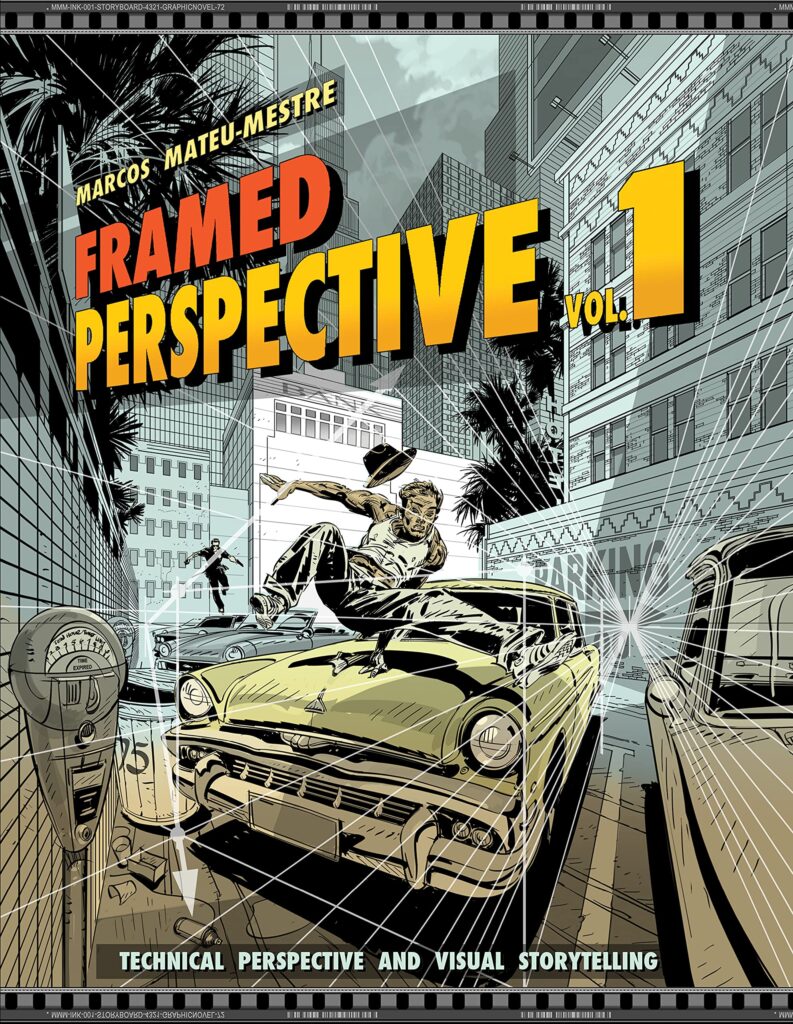
First on the list is my absolute favorite.
Framed Perspective by Marcos Mateu-Mestre is particularly targeted towards more intermediate artists who already have the basics of perspective mastered.
It is filled with TONS of beautiful but easy-to-understand diagrams that explain all concepts clearly and are fairly self-explanatory.
The book goes quite in-depth about the technical perspective but not in a way that overwhelms you too much.
If you want to draw an epic battle scene or a rapid chase scene or even an idyllic castle scene, this book is PERFECT for you as it covers perspective entirely.
While the book has all the basics such as ellipses, elevation drawings, types of perspective, etc., it also has topics like lenses and composition, which are normally missed in other perspective books.
If you plan to give this book a try then I HIGHLY recommend you to check out Framed Ink, which is the companion series to Framed Perspective.
Overall a BRILLIANT book and one that I think all artists need in their library.
2. Perspective For Comic Book Artists
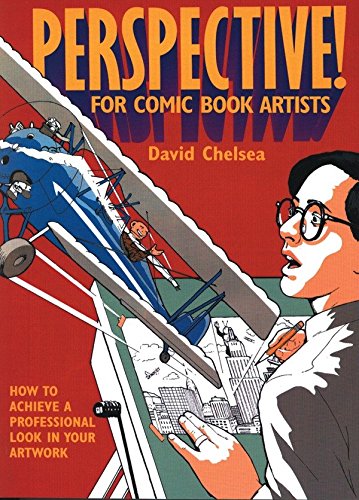
Okay, so maybe I lied. This book may be tied with Framed Perspective as my favorite.
Perspective for Comic Book Artists was in a word: brilliant. Out of all the books on this list, I retained the most knowledge from this one. And with good reason.
This book is literally a breath of fresh air as David Chelsea decided to take an extraordinary way of explaining perspective to the readers and I absolutely loved it.
The whole book was like a comic book that taught you an important fundamental of art without getting you bored. How cool is that?
While this book explains EVERYTHING about fundamentals, it also explains several advanced topics that may get confusing for beginners to understand.
I feel that intermediate artists may find this a much easier read than beginners. I would recommend beginners to read Perspective Made Easy first before attempting to read this book.
It would just help you understand better.
Overall, this book is the perfect book for advanced beginner artists as well as artists who want to brush up on their perspective skills.
Give this one a try. I promise you won’t regret it.
Perspective Drawing Books for Intermediate Artists
Now, let’s get into the more advanced books.
These ones are perfect for drawing complex environments, vehicles, planes, etc.
So, don’t blindly pick them up if you’re a beginner as your head would probably start spinning with all the complex info bombarding you.
I recommend you go for these books only once you’re experienced with perspective and have actually tried incorporating perspective in your artwork.
You’ll get a lot more out of these books that way.
1. How To Draw
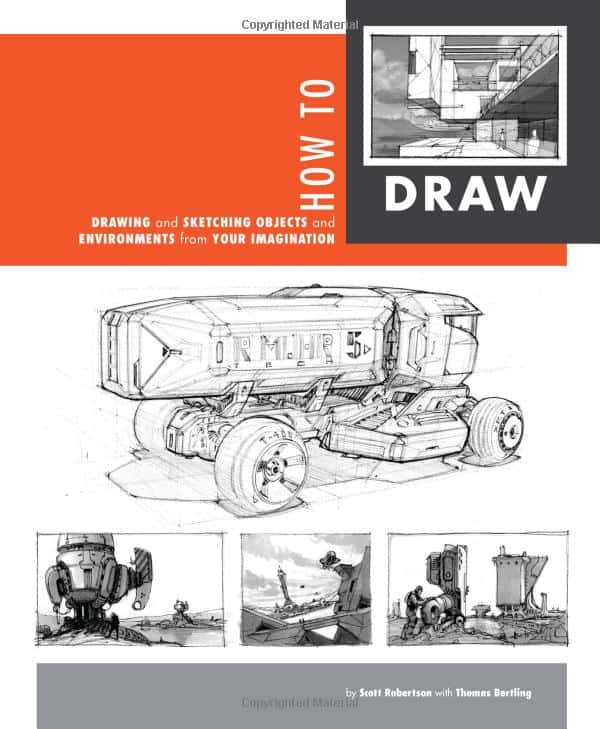
How to Draw by Scott Robertson is a must-read.
With the book jam-packed with multiple exercises meant to get you drawing from imagination, this book really will teach you how to draw.
The book starts off with choosing your drawing materials and takes you all the way to drawing complex machinery and designing aircraft. Isn’t that amazing?
Although this book isn’t solely focused on technical perspective, it utilizes all perspective techniques to actually apply it and make complex objects out of them.
Thus, you’ll learn plenty about how to apply perspective as well as manipulating form.
The first half of the book shows you exactly the type of exercises you must practice to move on to the increasingly complex subjects like vehicles (which are explained in the latter half of the book).
Because of these seemingly complex techniques I highly recommend you at least read Perspective Made Easy and Framed Perspective before attempting this book.
Also, a small warning to anyone who reads this book. It’s AMAZING and will blow your mind. However, you can’t possibly hope to finish this book in one sitting.
It will take multiple reads to fully digest this book. And even after understanding, I’m sure you’ll come back in the future to refer to this book.
Overall it’s an amazing book and the first 6 chapters are GOLD as they teach you all the concepts you would need to draw from imagination.
2. Creative Perspective
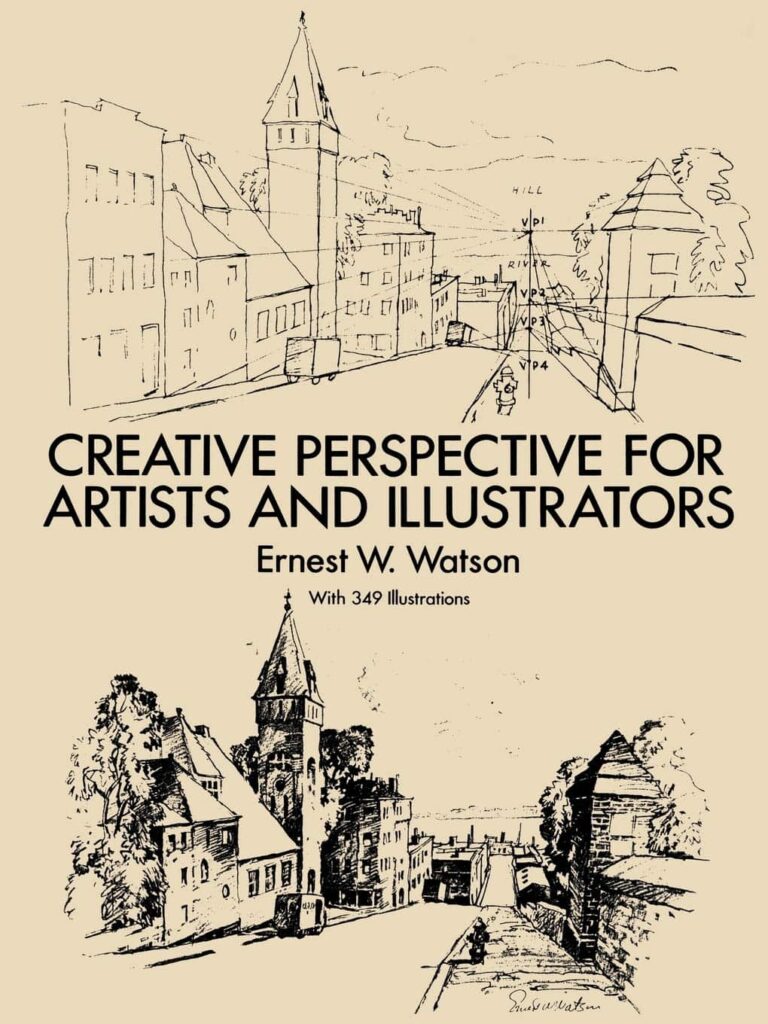
Creative Perspective for Artists and Illustrators by Ernest Watson isn’t a simple perspective book.
It attempts to teach you how to bend the rules and even break them when necessary to achieve a much more pleasing composition.
However, you NEED to have a thorough understanding of the fundamentals of perspective to be able to digest this much more easily.
While this book also teaches you the basics of perspective, I feel that the other books on this list do a much better job.
Although it was a bit dry in my opinion, with several walls of text, I still feel that intermediate artists may be able to get a lot of value from this book.
Overall, this book would be good if you wanted to learn to use perspective creatively, although I find Framed Perspective to be a better alternative.
Other Perspective Resources
Other than perspective drawing books, you can refer to several YouTube videos and even some short courses to learn perspective.
Some great YouTube videos to learn perspective are:
- Introduction To Perspective
- Perspective for Beginners
- perspective hacks
- How To Draw Figures in Perspective
- PERSPECTIVE BASICS: mirroring planes and curves
However, if you would prefer a more structured approach, you can give Drawabox a shot.
Drawabox is a free learning resource that will teach you a TON of fundamentals that you need to know such as form, structure, and even perspective!
Complete Lessons 0,1 and 2 for an extremely solid base in art. If you’re not convinced, check out this article on Drawabox to understand exactly what you can learn from it.
Conclusion
While any of these books will teach you quite a bit about perspective, it is always better to choose one best suited to your personal needs.
I’ve said this before but I highly recommend Perspective Made Easy by Ernest Norling for beginners.
Perspective for Comic Book Artists and How to Draw would be great for anyone hoping to get into the entertainment industry.
If you want to learn how to stretch the boundaries using perspective, I recommend the Framed Perspective series (they are amazing).
Also, remember not to go for a book that’s too advanced for you. You’ll just end up completely confused.
Now, have fun learning all about perspective. It’ll be hard in the beginning, but I promise things will get MUCH easier once you start learning more.
If you want to learn more about how to get amazing at art, then read this post.
Bye for now and enjoy learning something new!
